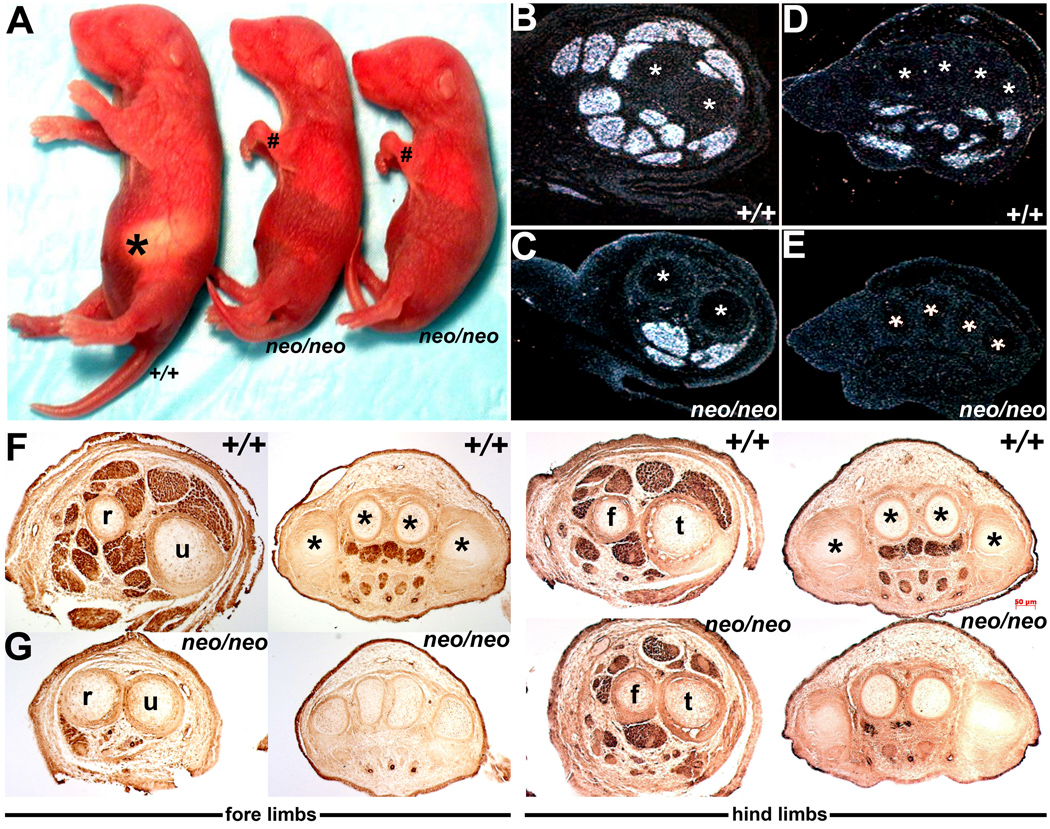Figure 3. Reduced Pax3 levels result in severe limb musculature anomalies.

(A) Pax3neo/neo day-2 pups are readily distinguished from their wildtype (+/+) littermates via undersized and severely dysmorphic limbs (# indicate Pax3neo/neo warped forelimbs) and lack of ingested milk (asterisk). (B–E) In situ hybridization analysis of MyoD expression in the E15.5 wildtype (B,D) and Pax3neo/neo (C,E) forelimbs at the level of the ulnar (u)/radius (r) (indicated via * in B,C) and phalange (indicated via * in D,E) bones. Note most of the MyoD-positive muscle masses are absent within the hypomorphic forelimbs. The asterisks indicate the bones serving as a reference to show comparable section levels. (F,G) Immunostaining for αSMA at various medial-lateral section levels along wildtype (F) and Pax3neo/neo (G) E13.5 forelimbs and hindlimbs. Note Pax3neo/neo embryos are already abnormal at this early developmental stage and αSMA-positive muscle masses are either severely hypoplastic (hindlimbs) or completely missing (forelimbs) in hypomorphic embryos. Abbreviations: f, fibula; t, tibia.
